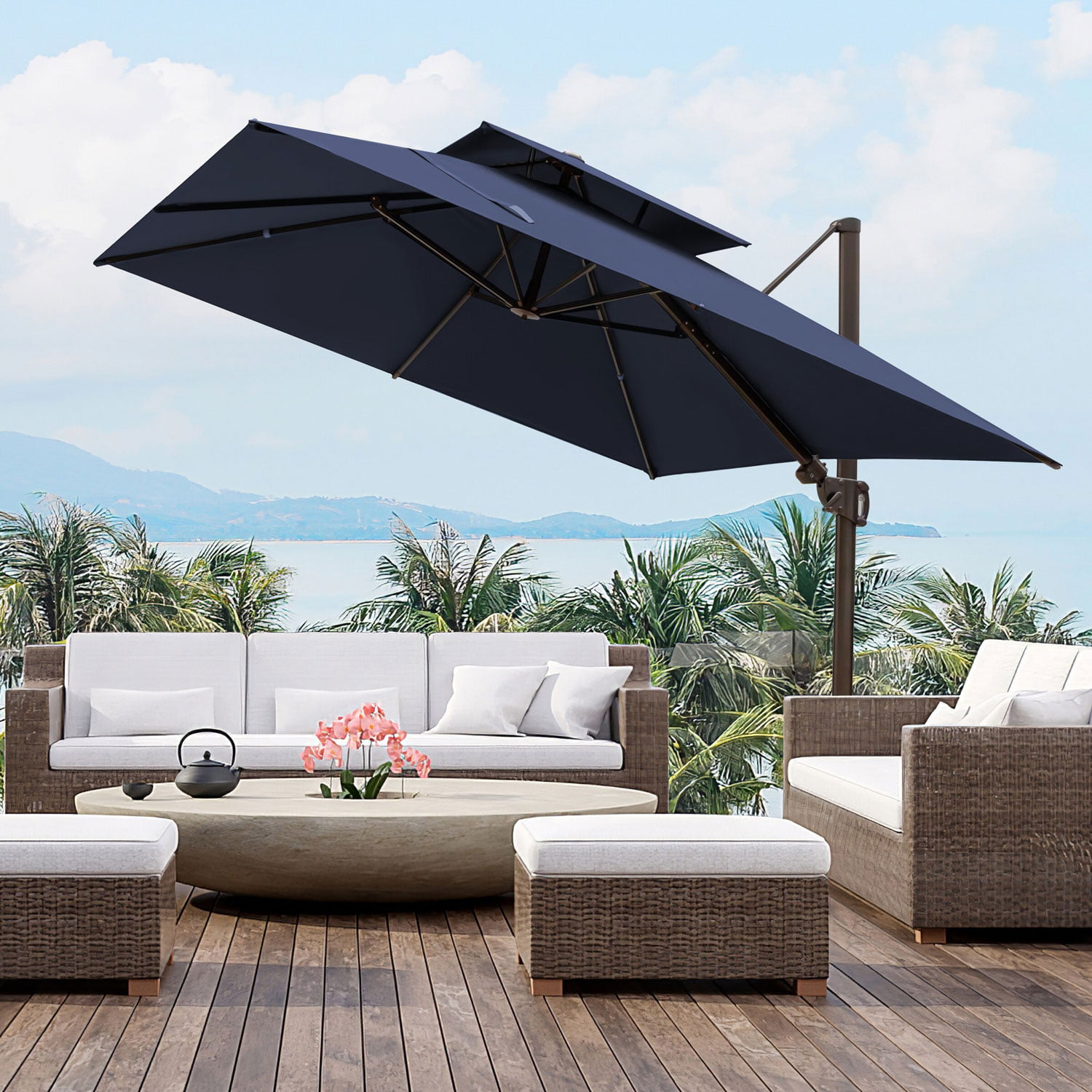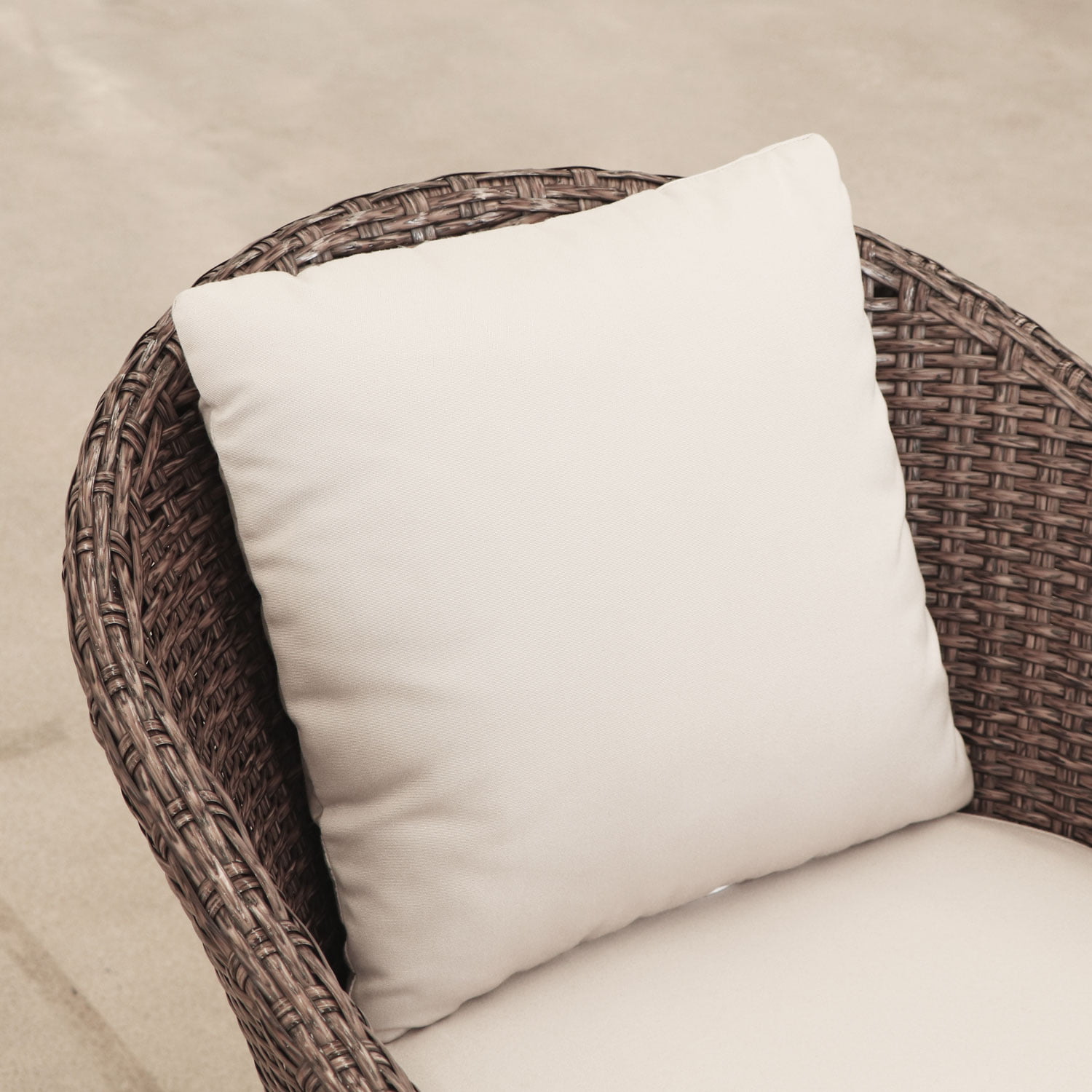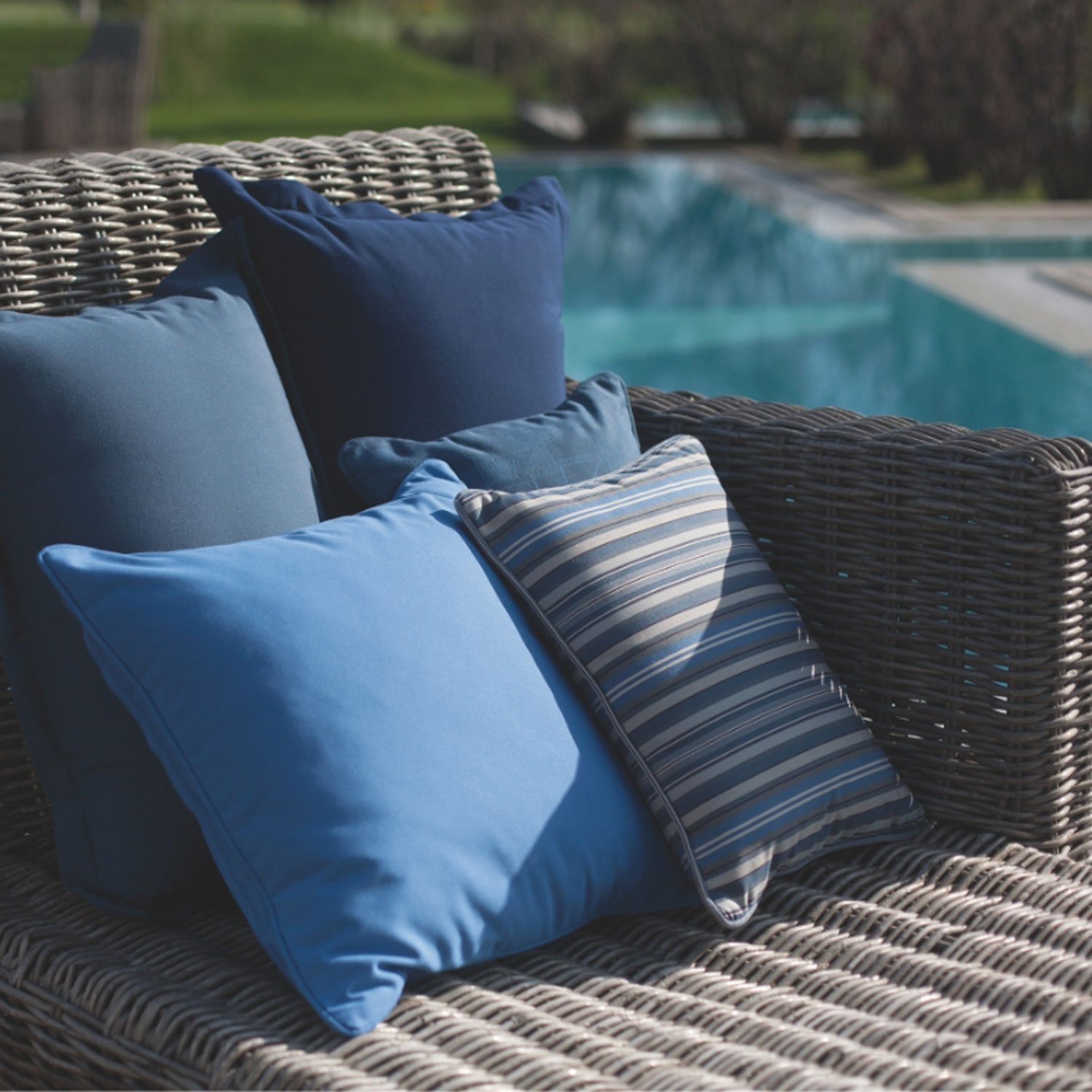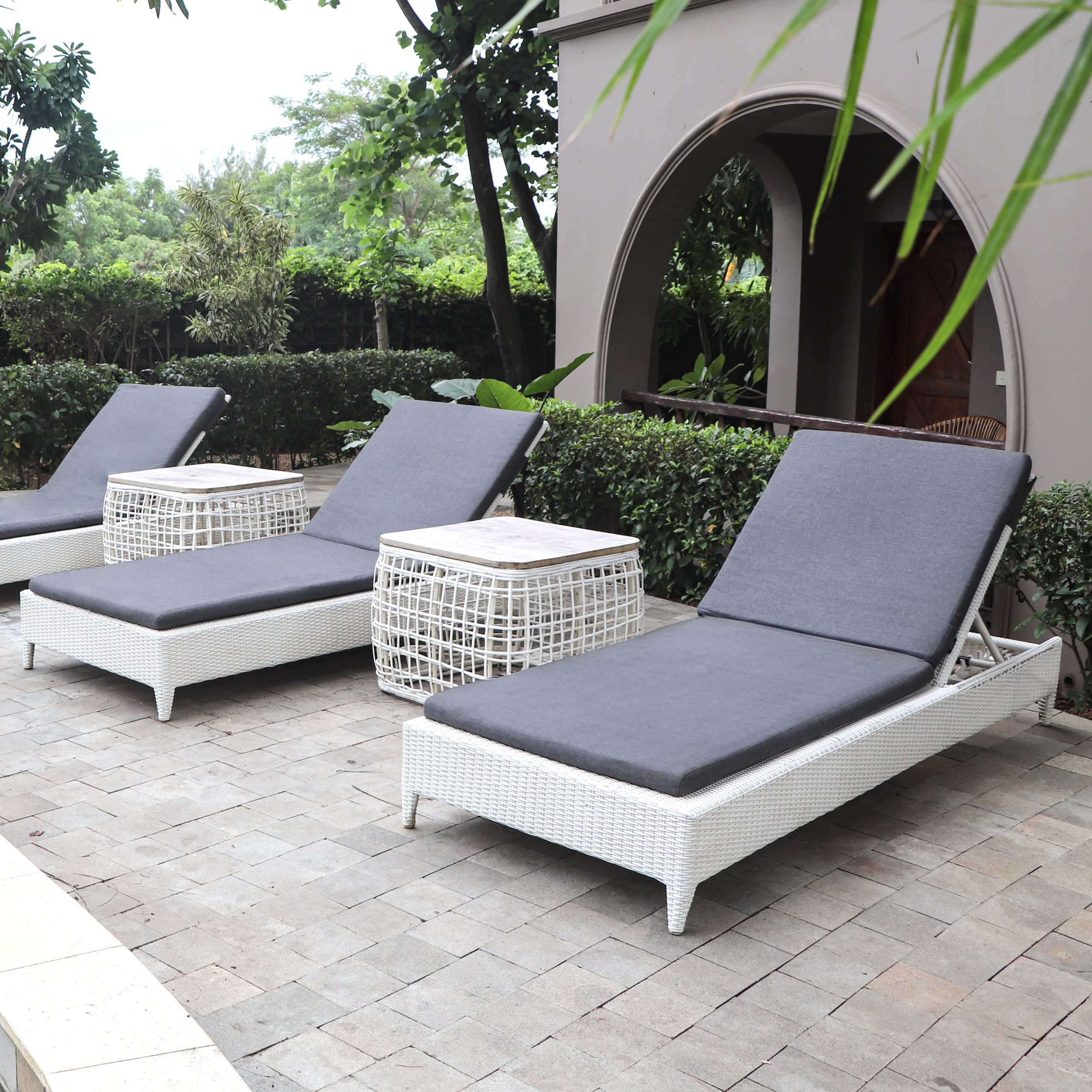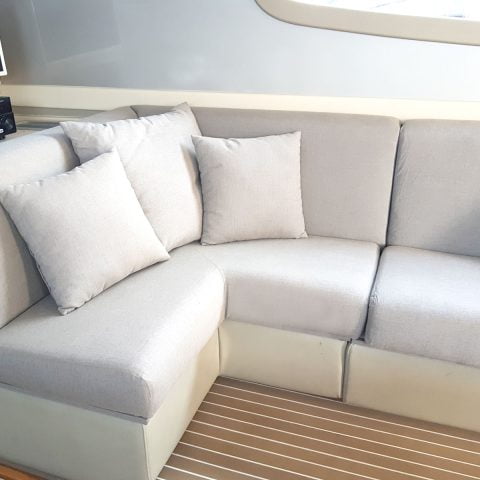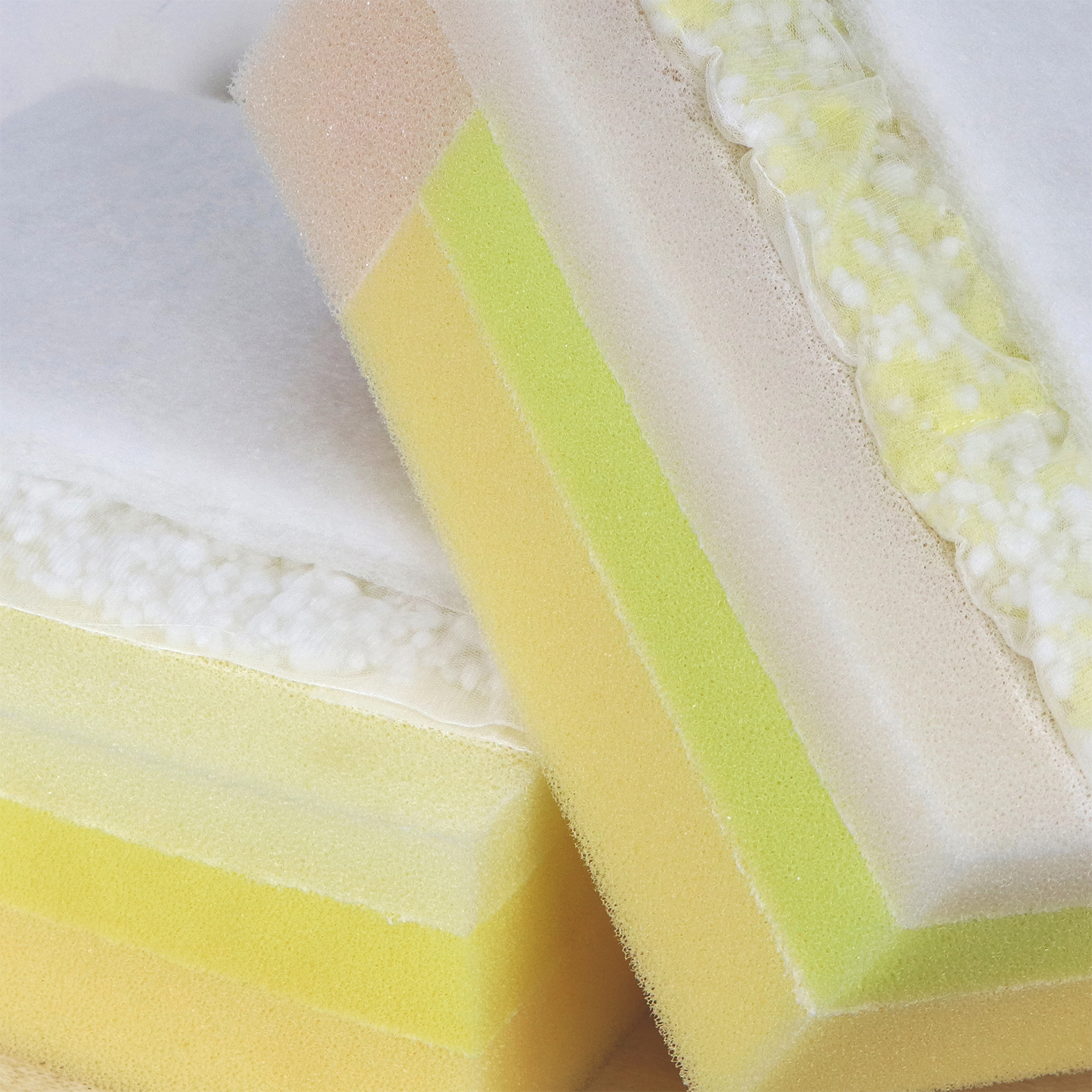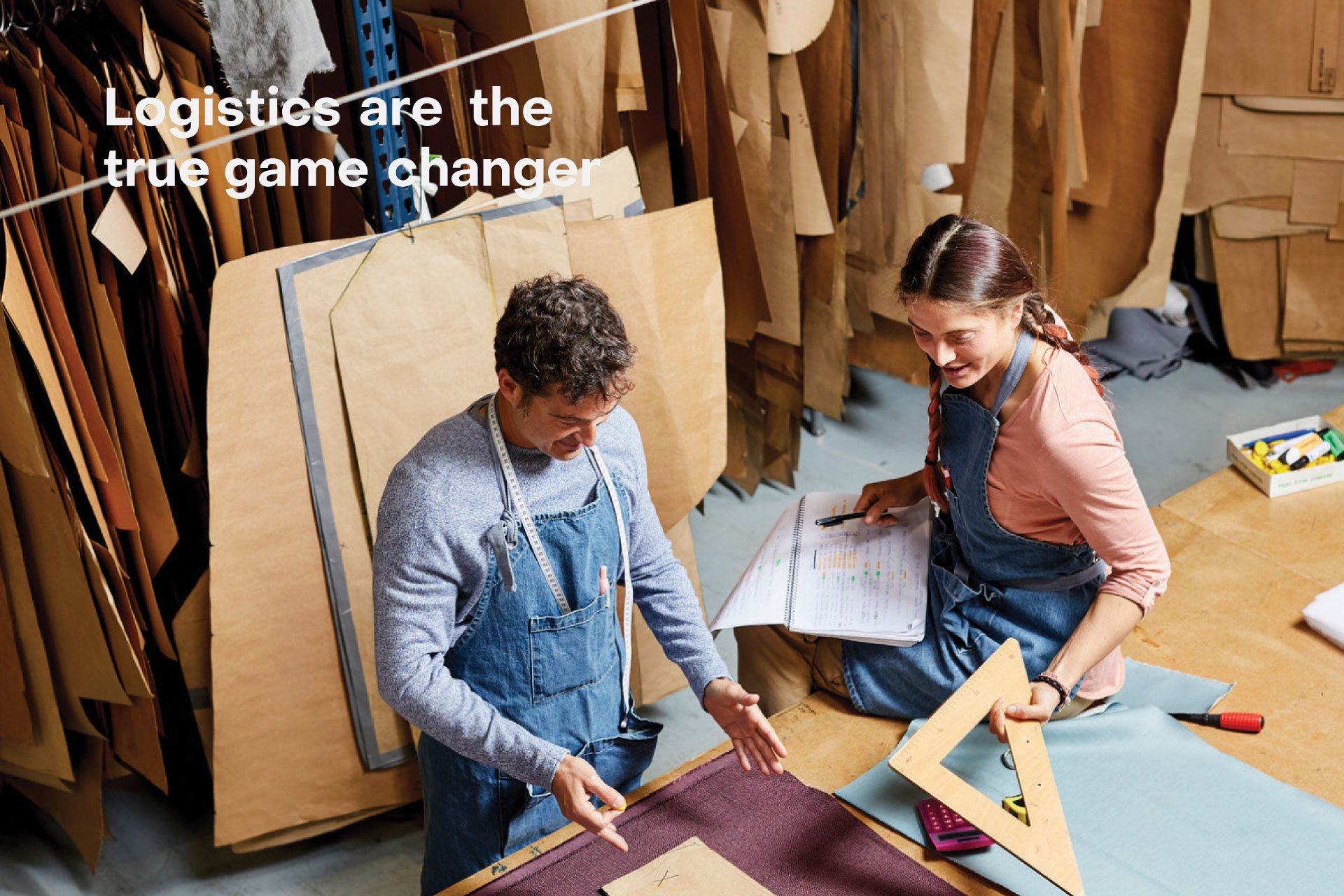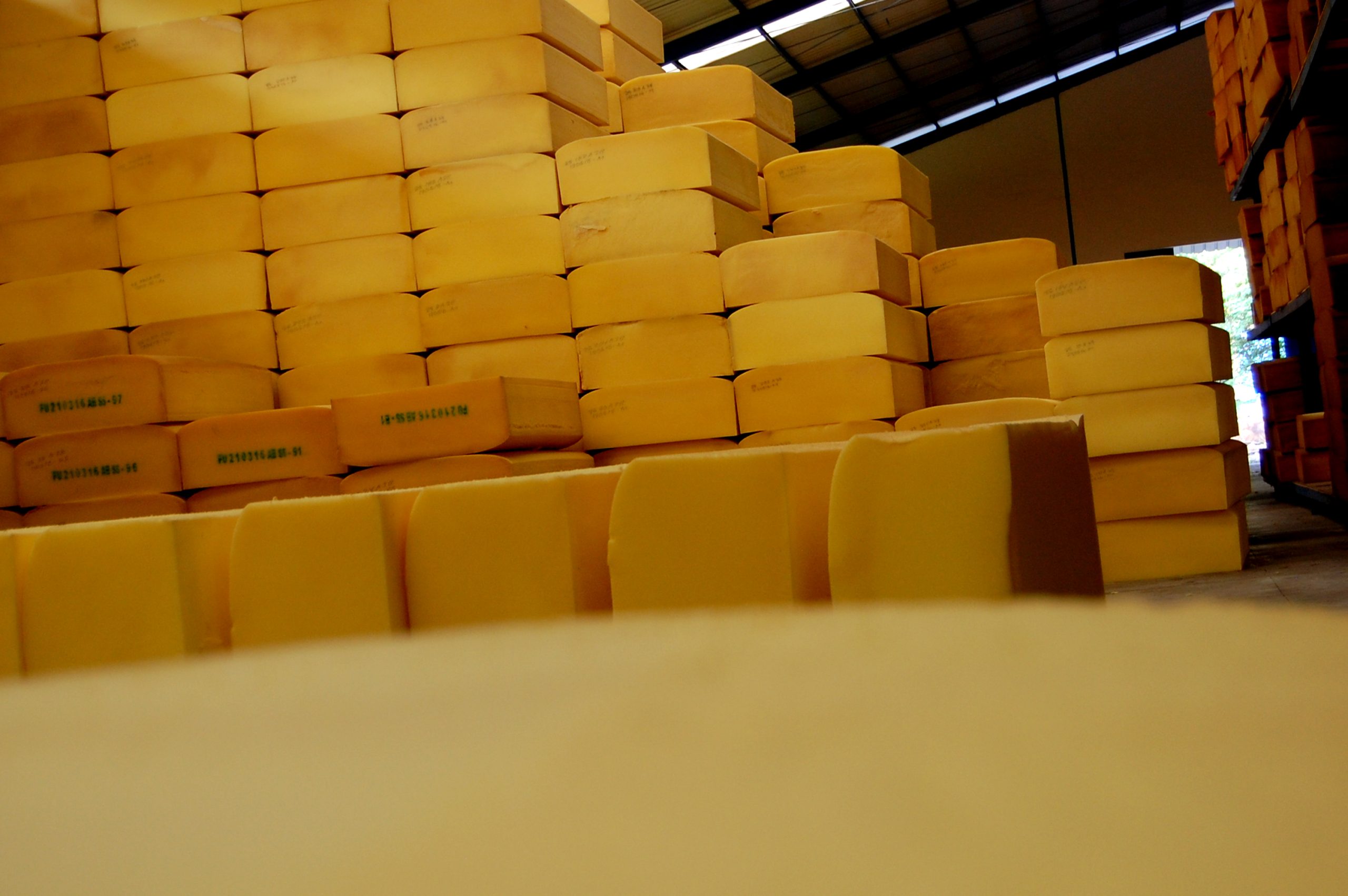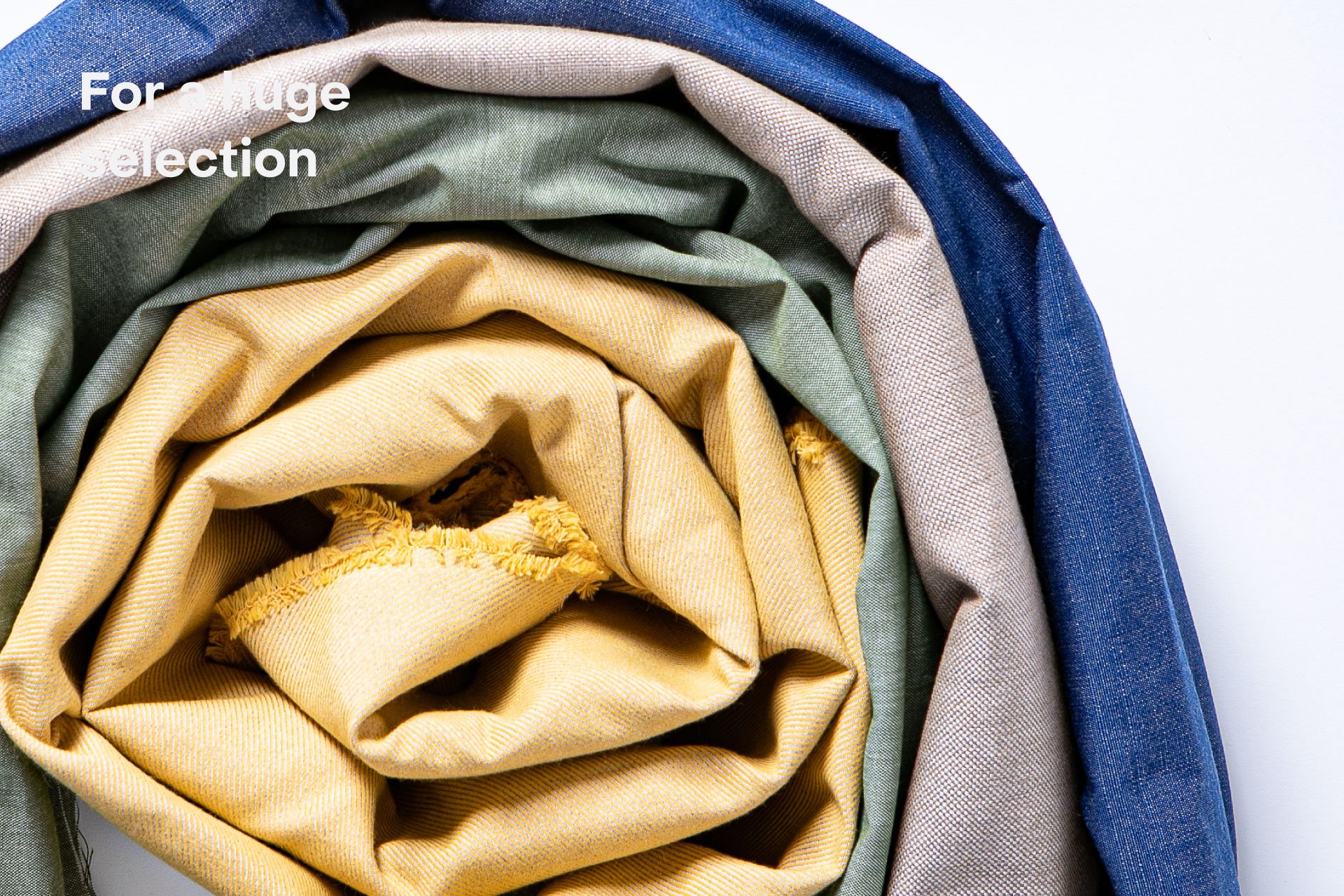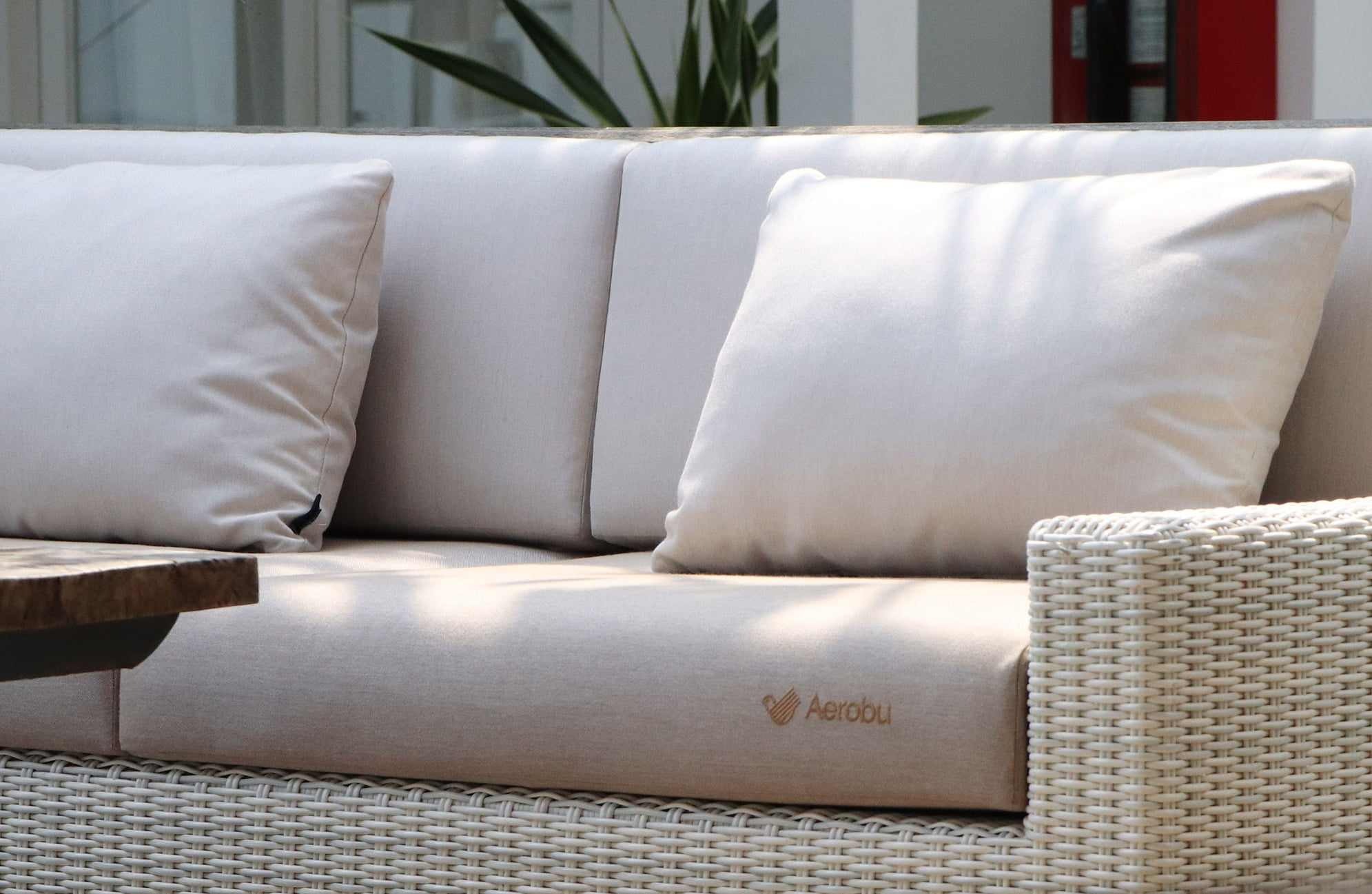Difference Between Sunbrella and Olefin Fabric – When you’re shopping for outdoor furniture, cushions, or upholstery, the fabric you choose is just as important as the frame itself, because while the structure provides stability, the fabric determines how your furniture feels, looks, and holds up against daily wear and the forces of nature. Two names that come up again and again in the world of outdoor fabrics are Sunbrella and Olefin, and both have built a strong reputation for their durability, weather resistance, and wide availability. However, while they share some qualities, they are not identical, and the differences between them could influence whether you enjoy your furniture for years to come or find yourself replacing it sooner than expected.
If you’ve ever found yourself staring at two product tags—one saying Sunbrella and the other Olefin—and wondering which one is actually worth your money, you’re not alone, because many homeowners struggle to decide between them. That’s why in this article, we’re going to dive deep into the difference between Sunbrella and Olefin fabric, breaking down their pros, cons, and best uses so you can confidently make the right decision for your space and lifestyle.
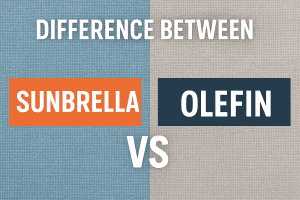
What is Sunbrella Fabric?
Sunbrella is not just any fabric—it’s a premium, solution-dyed acrylic textile that has become the gold standard for outdoor applications, and the reason it’s so highly regarded comes down to how it’s made. Instead of having color added to the surface after the fibers are created, Sunbrella locks pigment directly into each fiber during manufacturing, which means the color penetrates the entire strand rather than just coating the outside. This unique process ensures the fabric holds onto its vibrant hues far longer than ordinary materials, even after years of relentless sun exposure, heavy use, and unpredictable weather.
In addition to resisting fading, Sunbrella is also designed to stand up against mold, mildew, and moisture, which are common enemies of outdoor fabrics. It’s breathable, allowing air to flow through and preventing that sticky, overheated feeling that some synthetic materials can cause in warm climates. Another major advantage is its easy-care nature—you can clean most spills with mild soap and water, and even if you encounter stubborn stains like wine, oil, or sunscreen, a diluted bleach solution won’t damage the fibers. For many people, Sunbrella feels like the “luxury SUV” of outdoor fabrics: comfortable, versatile, reliable, and capable of withstanding just about anything you throw at it.
What is Olefin Fabric?
Olefin, also known as polypropylene, is another strong contender in the outdoor fabric market, and it has gained popularity largely because of its practicality, affordability, and impressive performance against moisture. Like Sunbrella, Olefin is also solution-dyed, which gives it good resistance to fading and ensures its color lasts longer than fabrics that are dyed only on the surface.
One of Olefin’s biggest strengths is its natural water repellency. The fibers themselves do not absorb moisture, which means the fabric dries quickly after being splashed at the pool, left out in the rain, or used in marine environments. On top of this, Olefin is resistant to staining, mildew, and many common household chemicals, making it a low-maintenance option for busy families. While it might not feel quite as soft or breathable as Sunbrella, Olefin still performs exceptionally well in situations where exposure to water is frequent. You could think of Olefin as the “dependable compact car” of outdoor fabrics—not overly luxurious or high-end, but reliable, functional, and an excellent value for the price.
Key Differences Between Sunbrella and Olefin Fabric
Let’s put the two fabrics head-to-head and see how they compare in areas that matter most to homeowners and designers alike.
1. Durability
- Sunbrella: Known for its exceptional long-term strength, Sunbrella can often last 10 years or more if properly maintained, making it ideal for those who see furniture as a long-term investment rather than something temporary.
- Olefin: Although durable, Olefin generally lasts around 5 to 8 years, and while it handles abrasions and moisture well, it may not endure as gracefully under constant, harsh sun exposure compared to Sunbrella.
2. Comfort
- Sunbrella: With its softer and more breathable texture, Sunbrella offers a higher level of comfort, which makes it a favorite choice for seating, loungers, and sofas where people want to relax for extended periods.
- Olefin: While durable, Olefin can feel a little rougher to the touch, and its breathability is more limited, though newer weaving techniques have helped improve comfort.
3. Water and Stain Resistance
- Sunbrella: Water-resistant but not completely waterproof, it dries relatively quickly and resists mildew, while cleaning is straightforward—even bleach won’t ruin the fabric.
- Olefin: Naturally water-repellent and one of the fastest-drying fabrics available, Olefin resists staining and mildew exceptionally well, making it particularly useful for poolside or marine settings.
4. Color and Fade Resistance
- Sunbrella: Its solution-dyed acrylic construction provides unmatched fade resistance, making it the top choice for environments with intense sun exposure year-round.
- Olefin: Also resistant to fading, though when placed side by side with Sunbrella in prolonged UV conditions, Olefin tends to lose color slightly faster over time.
5. Price
- Sunbrella: Comes with a higher price tag, which reflects its premium quality, durability, and comfort, but for many homeowners, the investment is worthwhile.
- Olefin: More budget-friendly, making it an attractive option for those who want outdoor fabric that performs well without stretching their wallet.
Pros and Cons of Sunbrella Fabric
Pros:
- Superior UV and fade resistance, even in extreme sun exposure
- Soft, breathable, and highly comfortable for extended seating
- Long lifespan (often 10+ years with proper care)
- Very easy to clean, even with bleach solutions
- Wide range of colors, textures, and patterns available
Cons:
- Higher initial cost compared to alternatives
- Not completely waterproof, which may require extra care during heavy rain
Pros and Cons of Olefin Fabric
Pros:
- Affordable and highly cost-effective for outdoor use
- Excellent water resistance and quick-drying properties
- Naturally resists stains, mildew, and common household chemicals
- Lightweight, durable, and strong enough for high-use areas
- Often produced with recycled materials, making it eco-friendly
Cons:
- Less soft and breathable compared to Sunbrella
- Shorter lifespan, typically around 5–8 years
- Slightly less fade resistance under constant, direct UV exposure
When to Choose Sunbrella Fabric
If you live in a region where the sun shines brightly most of the year, or if you want your outdoor cushions and upholstery to feel soft, breathable, and comfortable while lasting over a decade, Sunbrella is the smarter investment. It’s the go-to option for homeowners who prefer long-lasting quality and don’t mind paying a little extra upfront for peace of mind and superior comfort.
When to Choose Olefin Fabric
If your primary concern is water resistance, quick drying, and affordability, Olefin makes perfect sense. It’s particularly well-suited for poolside loungers, boat seating, or outdoor dining chairs that are likely to get wet frequently. Olefin allows you to enjoy durability and style without spending a premium, which is why it’s so popular for families on a budget.
Sunbrella vs Olefin: Which is Better?
The real answer depends on your priorities. If you value luxury, comfort, and long-term durability, Sunbrella is the clear winner. However, if you’re more focused on affordability, water resistance, and practicality, Olefin gives you great value at a lower price. Many homeowners even choose to mix the two—using Sunbrella for lounging areas and Olefin for poolside or dining furniture—because that combination delivers the best of both worlds.
Conclusion
Ultimately, the difference between Sunbrella and Olefin fabric comes down to what matters most to you: long-lasting luxury or affordable practicality. Sunbrella excels in comfort, fade resistance, and lifespan, making it perfect for homeowners who see outdoor furniture as a long-term investment. Olefin, on the other hand, offers strong performance, excellent water resistance, and great value, especially for furniture exposed to moisture. By understanding these differences, you’ll be able to choose wisely and enjoy outdoor furniture that not only looks beautiful but also serves you well for years to come.
FAQs
1. Is Sunbrella really worth the higher price?
Yes, because Sunbrella often lasts more than a decade, offers superior fade resistance, and provides premium comfort, which makes the investment worthwhile in the long run.
2. Does Olefin fade more quickly than Sunbrella?
Olefin resists fading, but when exposed to constant, direct sunlight for years, Sunbrella generally holds onto its color longer.
3. Can both Sunbrella and Olefin be cleaned with bleach?
Sunbrella can safely handle bleach cleaning, while Olefin can resist many chemical cleaners, though it’s best to check manufacturer instructions before using stronger solutions.
4. Which fabric is more environmentally friendly?
Olefin is often considered more eco-friendly because it can be produced from recycled materials and requires less energy to manufacture compared to other synthetic fabrics.
5. Can I combine Sunbrella and Olefin fabrics in the same outdoor space?
Absolutely, and many people do so—for example, they might choose Sunbrella for sofa cushions where comfort is key and Olefin for poolside furniture where water resistance matters most.

